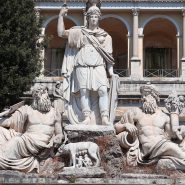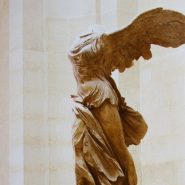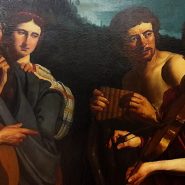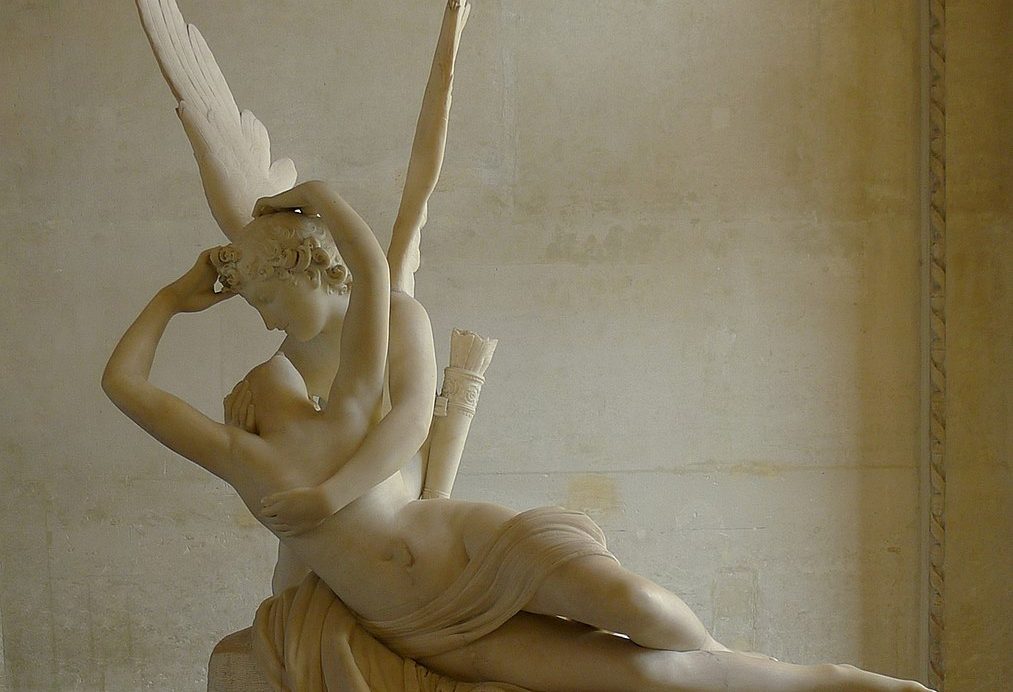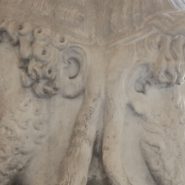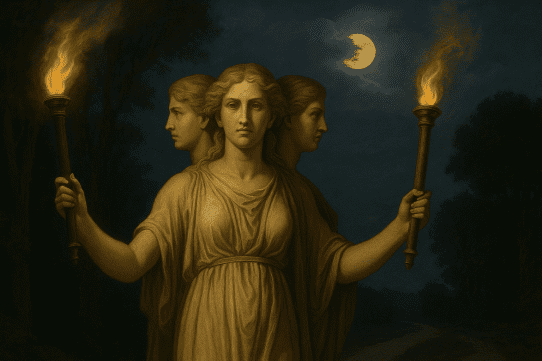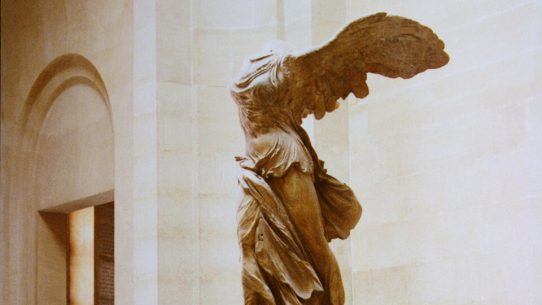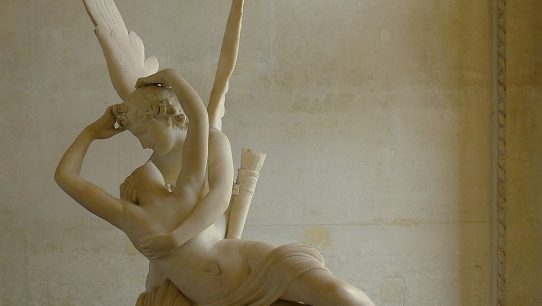Introduction
In Roman mythology, Amor embodies the living force of love itself — a presence that bridges the human and divine. While often equated with Cupid, the youthful god of love, Amor represents something broader and more profound. He is not only a mischievous deity who fires arrows at mortals but also a personification of passion, attraction, and emotional union—the very essence of what binds the world together.
The Latin word amor simply means “love,” and ancient poets frequently used it as both a name and a concept. In this dual form, Amor is at once divine and symbolic, appearing in art, philosophy, and literature as the pulse of creation and the source of desire. To the Romans, he was not merely a god with wings and arrows, but the spirit of affection that moves gods, mortals, and even the cosmos.
Amor and Cupid: God and Concept
Although Amor and Cupid refer to the same being in many myths, their roles diverge in meaning. Cupid (Cupido) is the personal deity — the son of Venus — who acts with will and personality. Amor, by contrast, is the abstract power of love itself: the principle that drives all beings toward connection, harmony, and reproduction.
Roman poets such as Ovid, Propertius, and Tibullus often blurred the line between the two. In Ovid’s Metamorphoses, Amor’s arrows control the fate of gods and mortals alike, but in philosophical writings and moral poetry, Amor becomes an allegory for passion, temptation, or divine inspiration. This flexibility allowed Roman thinkers to discuss love as both a mythic power and a moral idea—capable of elevating or enslaving the soul.
Symbolism and Depiction
As a personification, Amor symbolizes the irresistible pull that unites opposites: man and woman, heaven and earth, body and spirit. Artists portrayed him as a youthful, winged figure—sometimes blindfolded, to suggest love’s impartiality. His bow and quiver signify love’s sudden and uncontrollable nature, while the flame or torch represents the burning intensity of desire.
In philosophical terms, Amor was viewed as one of the cosmic forces of order. Just as strife and discord (Eris) bring division, love restores balance and unity. The Stoics and Neoplatonists later expanded this interpretation, treating Amor as a spiritual power linking the mortal soul to divine beauty, a forerunner to the Christian idea of divine love (caritas).
Amor in Roman Literature and Thought
Few concepts fascinated Roman poets more than amor. To Ovid, it was both playful and dangerous—a game that no one could escape. In Tibullus and Propertius, love becomes a form of gentle servitude, where the poet willingly submits to Amor’s rule. Even the moralist Seneca reflected on love’s transformative energy, viewing it as both peril and virtue depending on one’s self-control.
In these works, Amor appears less as a literal god and more as a universal principle — a personified emotion that defines human experience. Through Amor, the Romans explored themes of desire, fidelity, and the struggle between reason and passion. He was both tormentor and teacher, capable of humbling emperors and inspiring poets.
Amor and Psyche: The Allegory of the Soul
The most enduring story associated with Amor remains the myth of Amor and Psyche, told by Apuleius in The Golden Ass. Though often retold as a love story between two beings, its deeper meaning is philosophical: Psyche, whose name means “soul,” represents the human spirit’s journey through love’s trials toward divine union.
Amor’s love for Psyche reflects how desire and the soul are destined to seek one another—their union signifying enlightenment through emotion and faith. In later interpretations, especially during the Renaissance, Amor and Psyche came to symbolize the harmony between physical and spiritual love, reinforcing Amor’s identity not merely as Cupid, but as Love incarnate.
Legacy and Cultural Influence
As the personification of love, Amor survived long after the fall of Rome. Medieval poets invoked him in allegorical visions, such as in the Roman de la Rose, where Love becomes a guiding force leading the soul toward beauty. Renaissance artists like Raphael and Caravaggio revived his image, merging sensual and sacred interpretations of desire.
Even today, Amor endures in language and symbolism. Every time love is depicted as a force that cannot be resisted—a bond that transcends logic or law—it is Amor’s ancient spirit that speaks. His essence flows through literature, art, and the human imagination, reminding us that love remains the most divine of human emotions.
